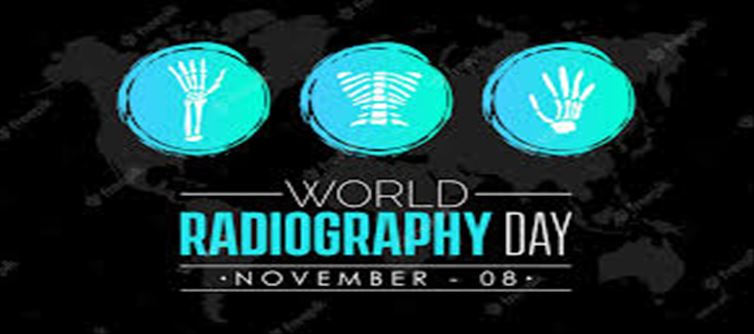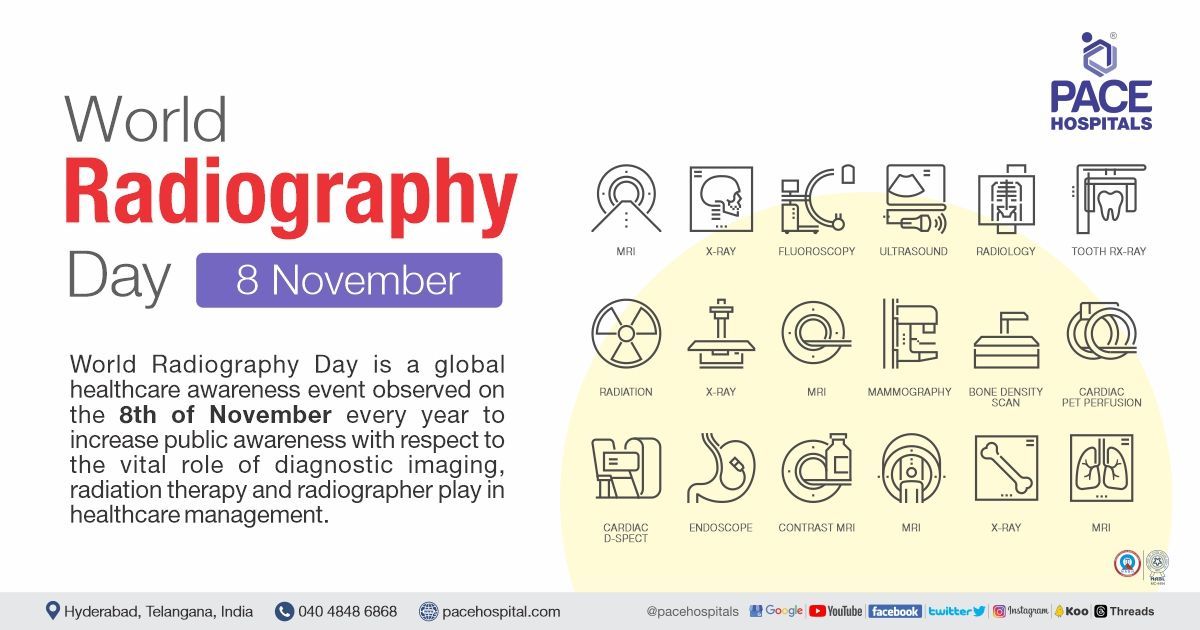
World Radiography Day History-All you need to know...
.jpg)
A global healthcare awareness campaign, World Radiography Day aims to raise public understanding of the vital roles that radiation, diagnostic imaging, and radiographers play in the administration of healthcare. The day honors the field of radiography, acknowledges the vital role that radiologists perform, and highlights the significance of medical imaging in the context of contemporary healthcare. Radiographers everywhere will use this day to highlight radiography as a career, as an essential part of contemporary healthcare, and as a chance to raise public knowledge of diagnostic imaging and radiotherapy.

On november 8, 1895, German physicist Wilhelm Conrad Rontgen made the discovery of X-radiation, or X-rays. This discovery is celebrated as World Radiography Day. In 1901, Rontgen became the first person to win the Physics Nobel Prize. In 2012, the American college of Radiology (ACR), the european Society of Radiology (ESR), and the Radiological Society of North America (RSNA) joined forces to commemorate the inaugural World Radiography Day. This event was inspired by the european Day of Radiology, which took place on february 10, 2011, the anniversary of Wilhem Rontgen's death on february 10, 1923. It was put together by the ESR.
World Radiography Day was created as an annual celebration on november 8, which is also the anniversary of Roentgen's discovery of X-rays. This event took the place of the european Day of Radiology. Many organizations throughout the world commemorate the day, such as the Society of Radiographers (SoR) in the UK and the Association of Radiographers in Nigeria. The day has been marked by the Radiographers Association of madhya pradesh in india since 1996, as recommended by Shivakant Vajpai, the secretary of the association.




 click and follow Indiaherald WhatsApp channel
click and follow Indiaherald WhatsApp channel